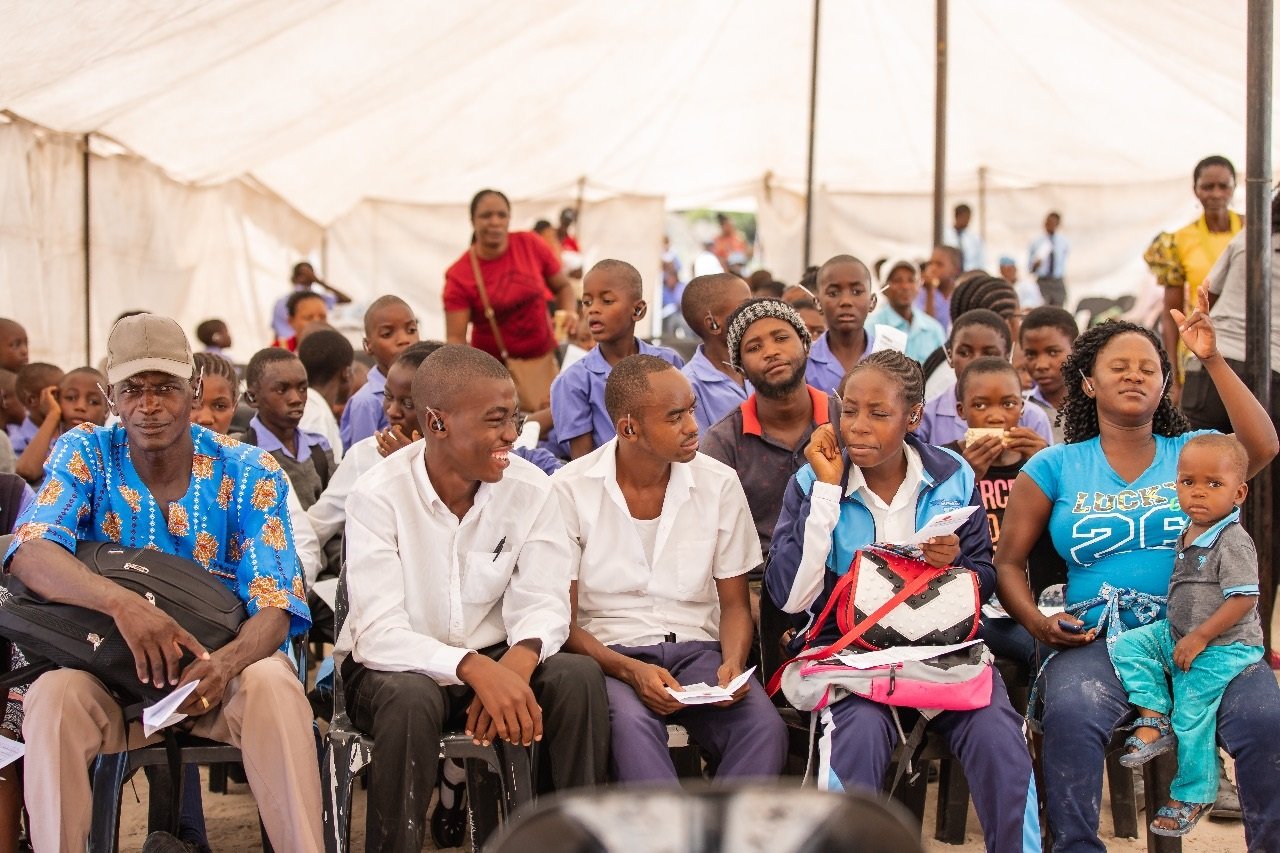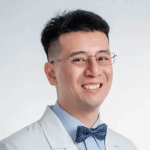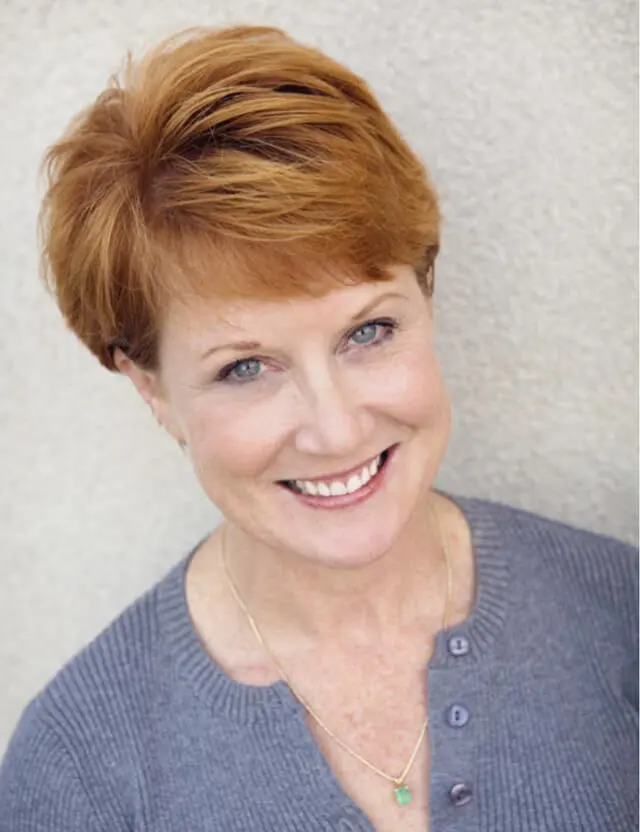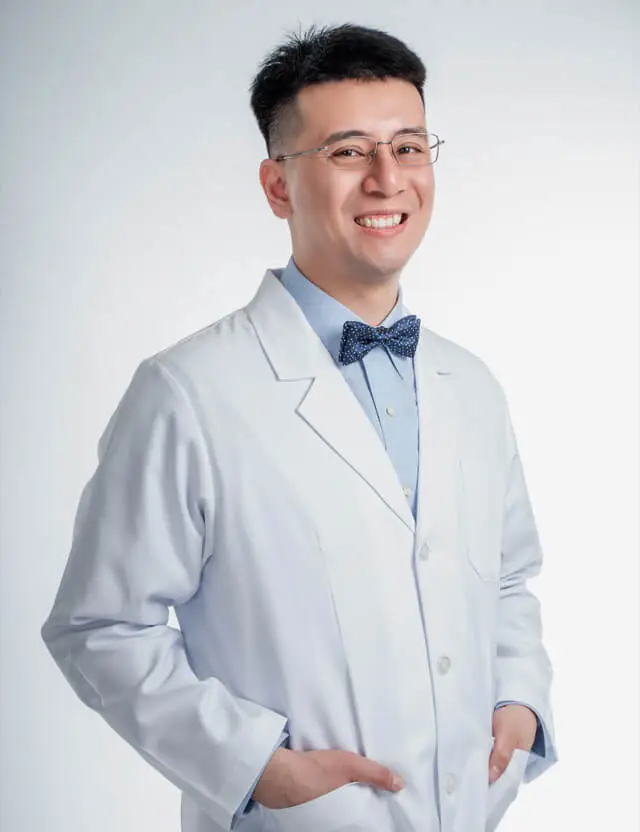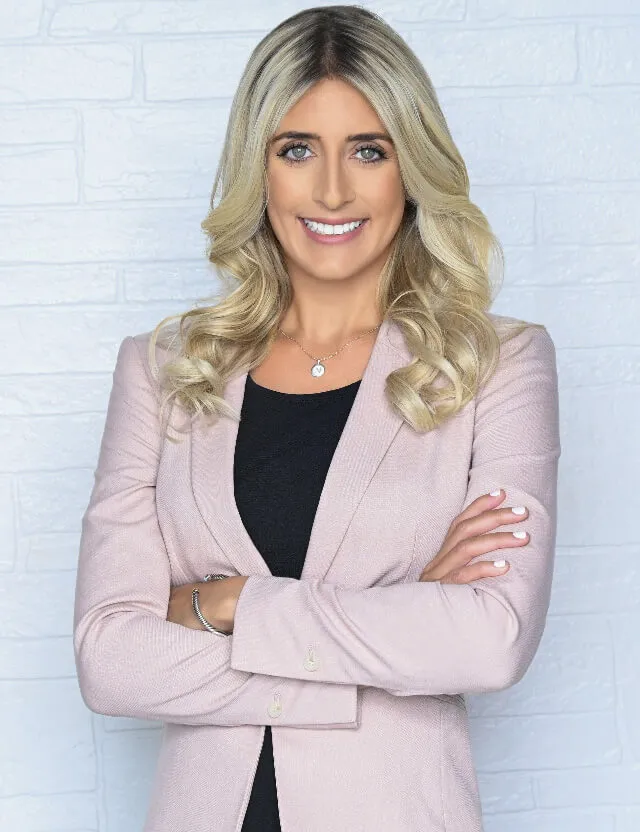Overview
Improving hearing naturally involves adopting healthy lifestyle habits and utilizing certain natural remedies that support auditory health. Here are some effective approaches to enhance hearing:
Maintain a Healthy Diet
Consuming a balanced diet rich in essential nutrients is crucial for maintaining good hearing health. Vitamins A, C, E, B12, folate, magnesium, zinc, and omega-3 fatty acids are known to support the auditory system. Eating a balanced diet ensures that your body gets the necessary nutrients to keep your ears and overall hearing health in optimal condition. Incorporating vitamins and minerals into your diet can help protect the delicate hair cells in the inner ear from damage, thus preventing hearing loss.
Use Natural Supplements and Herbs
Certain natural supplements and herbs are believed to support hearing health. For example, ginkgo biloba extract is thought to improve blood flow to the inner ear and has been used as a hearing loss treatment in some cases. This herb is often included in natural remedies for hearing due to its potential benefits in enhancing auditory function. Studies suggest that ginkgo biloba extract may help mitigate symptoms associated with hearing loss by improving circulation and reducing oxidative stress. Additionally, folic acid has been shown to play a role in reducing the risk of age-related hearing loss.
Regular Hearing Check-ups
Regular hearing check-ups are essential for monitoring your auditory health and detecting any early signs of hearing loss. Early intervention can make a significant difference in preventing further deterioration and finding effective treatments for conditions like mixed hearing loss. Consulting an audiologist can provide tailored advice and treatment options to suit your specific needs.Use Natural Supplements and Herbs.
Consider Alternative Therapies
Alternative therapies such as acupuncture and chiropractic care may help some individuals with hearing issues, particularly if they are related to tension or circulation problems. These therapies can be part of natural remedies for hearing that support overall auditory health. For instance, tea tree oil has antimicrobial properties and may be used to help reduce infections that can affect the outer and middle ear, thereby supporting hearing health.
Hearing loss treatment often involves a combination of lifestyle adjustments and medical interventions. However, incorporating natural remedies for hearing and maintaining good hearing health can play a vital role in preserving and potentially improving your auditory function over time. Adopting these strategies can help treat hearing loss naturally and support overall auditory well-being.
Prevalence
Deafness and hearing loss are widespread and found in every region and country. Currently more than 1.5 billion people (nearly 20% of the global population) live with hearing loss; 430 million of them have disabling hearing loss. It is expected that by 2050, there could be over 700 million people with disabling hearing loss.
Globally, 34 million children have deafness or hearing loss, of which 60% of cases are due to preventable causes. At the other end of the lifespan, approximately 30% of people over 60 years of age have hearing loss.
Many of the impacts of hearing loss can be mitigated through early detection and interventions. These include specialized education programs and sign language instruction for young children and their families. Assistive technologies, including hearing aids, cochlear implants, closed captioning and other devices can help people with hearing loss at any age. People may also benefit from speech therapy, aural rehabilitation and other related services.
Low- and middle-income countries bear a disproportionate burden from hearing loss. WHO estimates that global hearing aid production covers just 3% of the need in these countries.
Prevention
Exposure to loud noises can damage the delicate hair cells in the inner ear, leading to sensorineural hearing loss. Use ear protection such as earplugs or earmuffs in noisy environments and keep the volume low when using personal audio devices. Protecting your ears from loud noises is also crucial for preventing conductive hearing loss, which occurs when sound waves cannot properly travel through the outer and middle ear.
Consuming a balanced diet rich in essential nutrients can help maintain good hearing health. Vitamins and minerals such as vitamins A, C, E, B12, folate (including folic acid), magnesium, zinc, and omega-3 fatty acids are known to support the auditory system. Ensuring an adequate intake of these nutrients can help protect the delicate structures of the ear and reduce the risk of hearing loss.
Keeping the ear canal clean and free of wax buildup is important for preventing blockages that can impair hearing. However, avoid inserting objects deep into the ear canal to prevent injury. Proper ear hygiene can help prevent infections and other issues that may lead to conductive hearing loss. For instance, using tea tree oil as part of your ear care routine may help reduce the risk of infections in the outer and middle ear.
Regular hearing check-ups are essential for monitoring your auditory health and detecting any early signs of hearing loss. Early intervention can make a significant difference in preventing further deterioration and finding effective treatments to treat hearing loss. Consulting an audiologist can provide tailored advice and treatment options to suit your specific needs.
Po-Chang Hsu, M.D., received his medical doctorate from Tufts University School of Medicine in Boston. During his medical school training, Dr. Hsu worked with various patients, including adult and pediatric patients with acute and chronic conditions. Dr. Hsu’s interests include neurology, psychiatry, pediatrics, and sleep medicine.
Before medical school, Dr. Hsu finished a master’s degree at Harvard University and wrote a thesis on neuroimaging in schizophrenia patients at Brigham and Women’s Hospital, a Harvard Medical School-affiliated hospital. Dr. Hsu was also a part of the 2008 NASA Phoenix Lander Mission team, which sent a robotic spacecraft to the North polar region of Mars. Dr. Hsu also had research experience on neuroimaging in neonates at Boston Children’s Hospital, another Harvard Medical School-affiliated Hospital.
Since graduating from medical school, Dr. Hsu has worked as a full-time medical writer and consultant. In addition, he has experience writing and ghostwriting books and articles for physicians and health technology start-up companies. Dr. Hsu believes good communication between healthcare providers and patients creates the best results.
Publications
-Peer Reviewed Journal Article:
Kounaves, S.P., Hecht, M.H., West, S.J., Morookian, J.-M., Young, S.M.M., Quinn, R., Grunthaner, P., Wen, X., Weilert, M., Cable, C.A., Fisher, A., Gospodinova, K., Kapit, J., Stroble, S., Hsu, P.-C., Clark, B.C., Ming, D.W. and Smith, P.H. The MECA wet chemistry laboratory on the 2007 phoenix mars scout Lander. Journal of Geophysical Research. 2009, Mar; 114(E3): 10.1029/2008je003084.
-Poster Presentation:
2011 Harvard Psychiatry Mysell Poster Session; Boston, MA
Hsu, P.C., Rathi, Y., Eckbo, R., Nestor, P., Niznikiewicz, M., Thompson, E., Kubicki, M., Shenton, M.E. (March, 2011). Two-Tensor Diffusion Tensor Imaging of Acoustic Radiations in Schizophrenia
